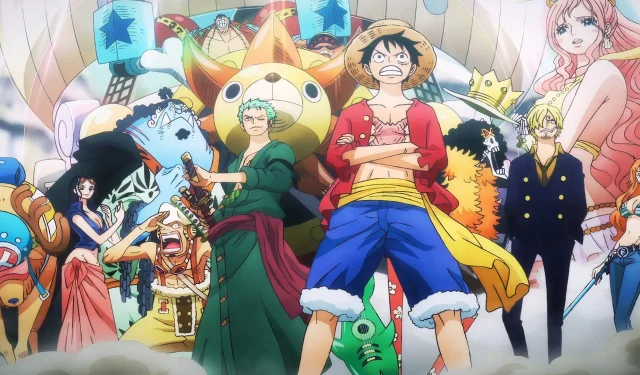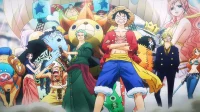One Piece, one of the most enduring anime series, debuted in 1999 and has successfully surpassed the milestone of 1,000 episodes. The beloved anime continues its journey through the current “Egghead”arc, with the accompanying manga now beginning the early stages of the “Elbaph”arc. Although it was proclaimed in 2022 that this iconic series would embark on its final saga, the timeline for its completion remains uncertain. To put things into perspective, the “Wano”arc alone stretched across 195 episodes over four years—a significant commitment that illustrates the lengthy nature of the storytelling.
For newcomers, the extensive episode count can seem daunting; however, the rich narrative and character development make the investment worthwhile. Additionally, there is a recognized pacing issue within the anime that many fans hope will be resolved with Netflix’s upcoming remake. This adaptation is expected to adopt a more seasonal format, which could effectively tackle previous criticisms regarding pacing. Furthermore, it might follow the example set by popular series like Demon Slayer and Chainsaw Man by producing theatrical films that adapt specific arcs.
Adapting Manga: The Trend of Cinematic Releases
Manga Arcs Making Their Way to the Big Screen
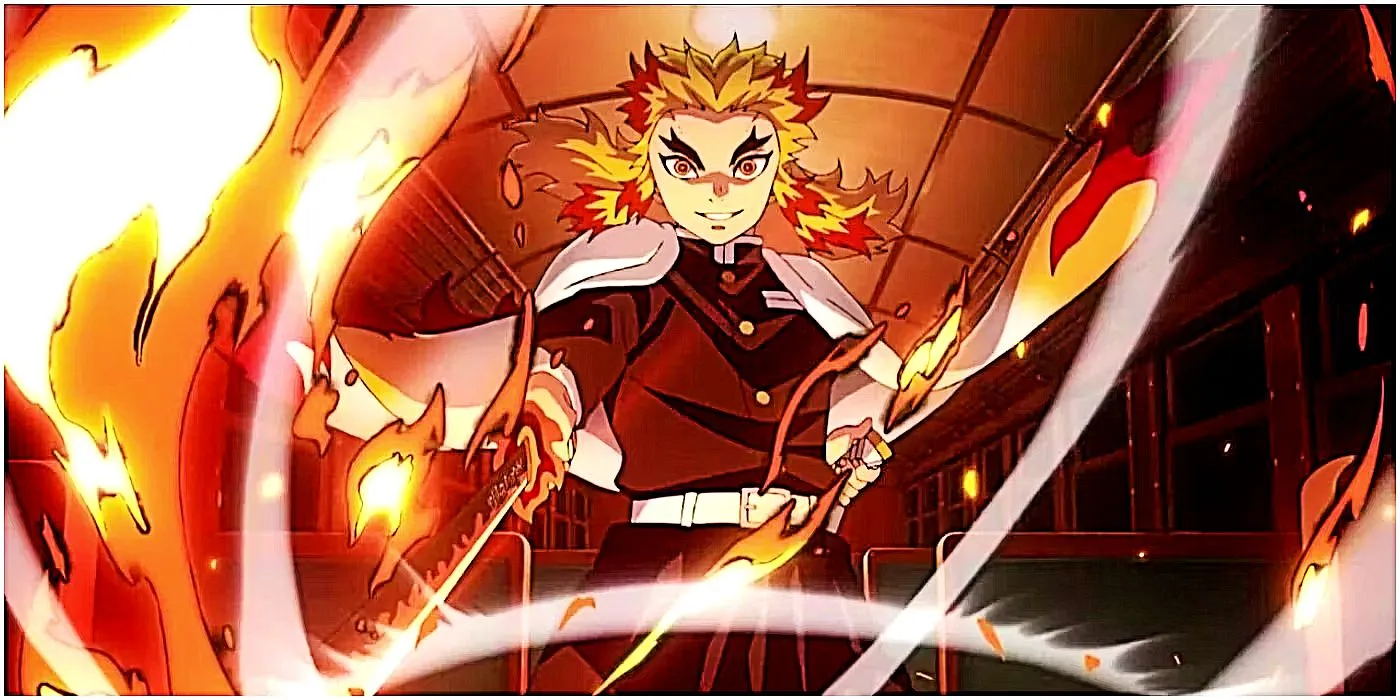
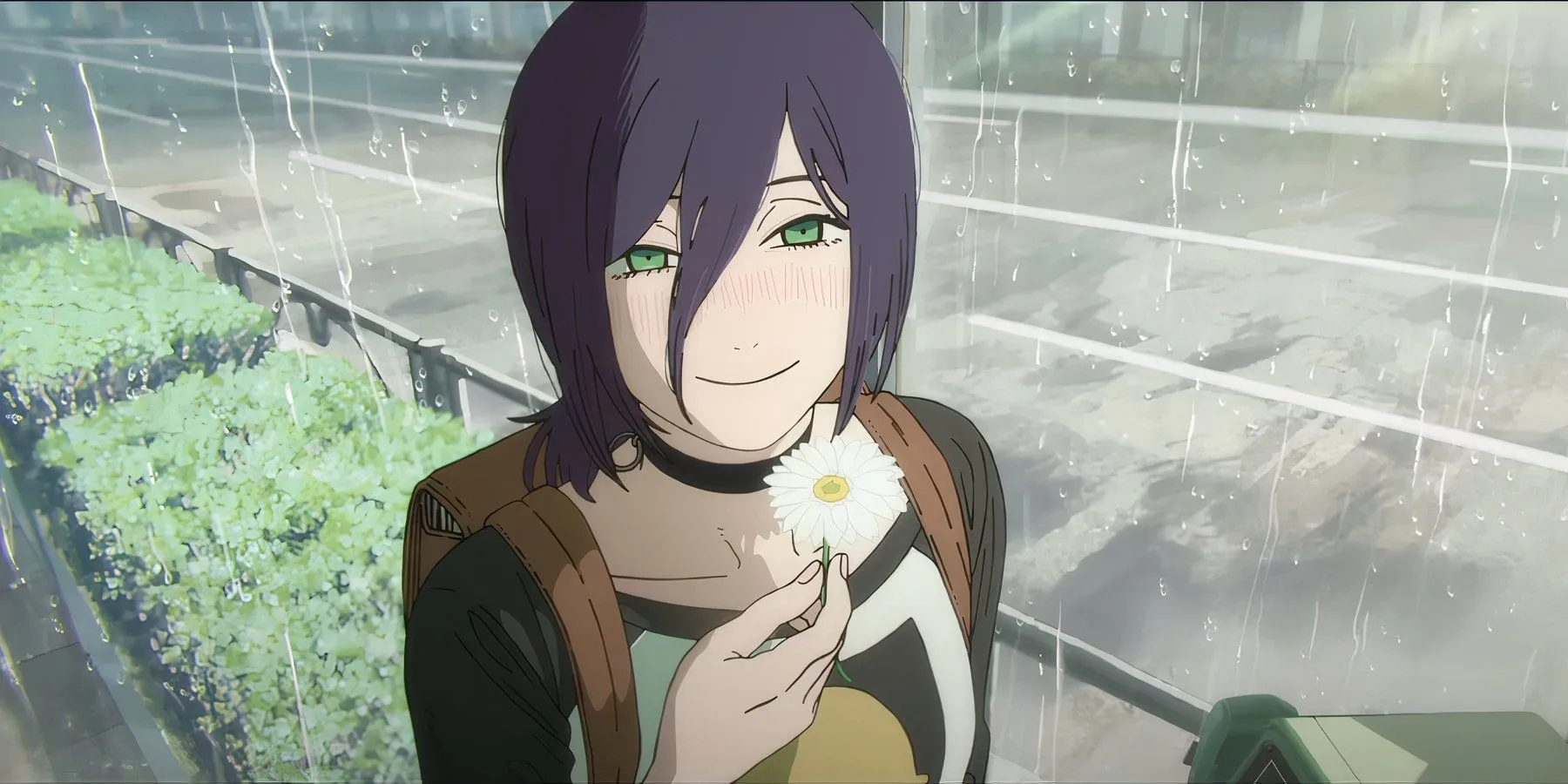
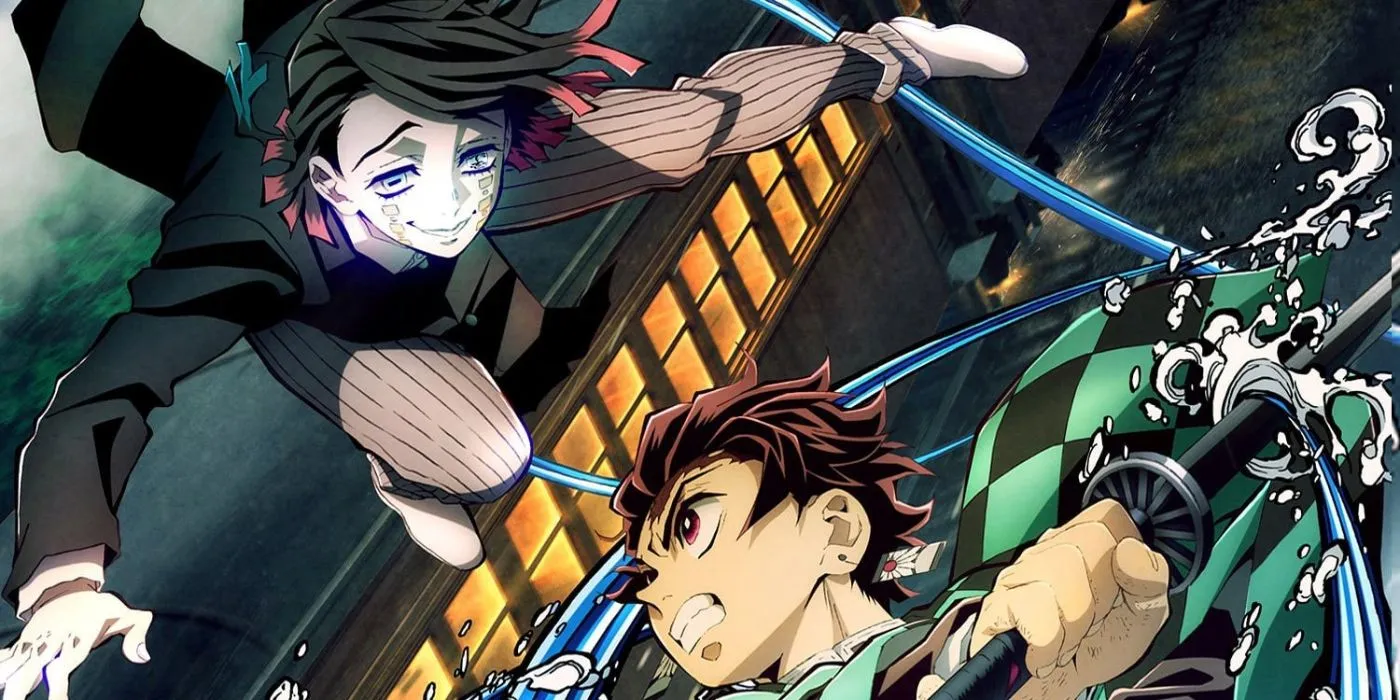

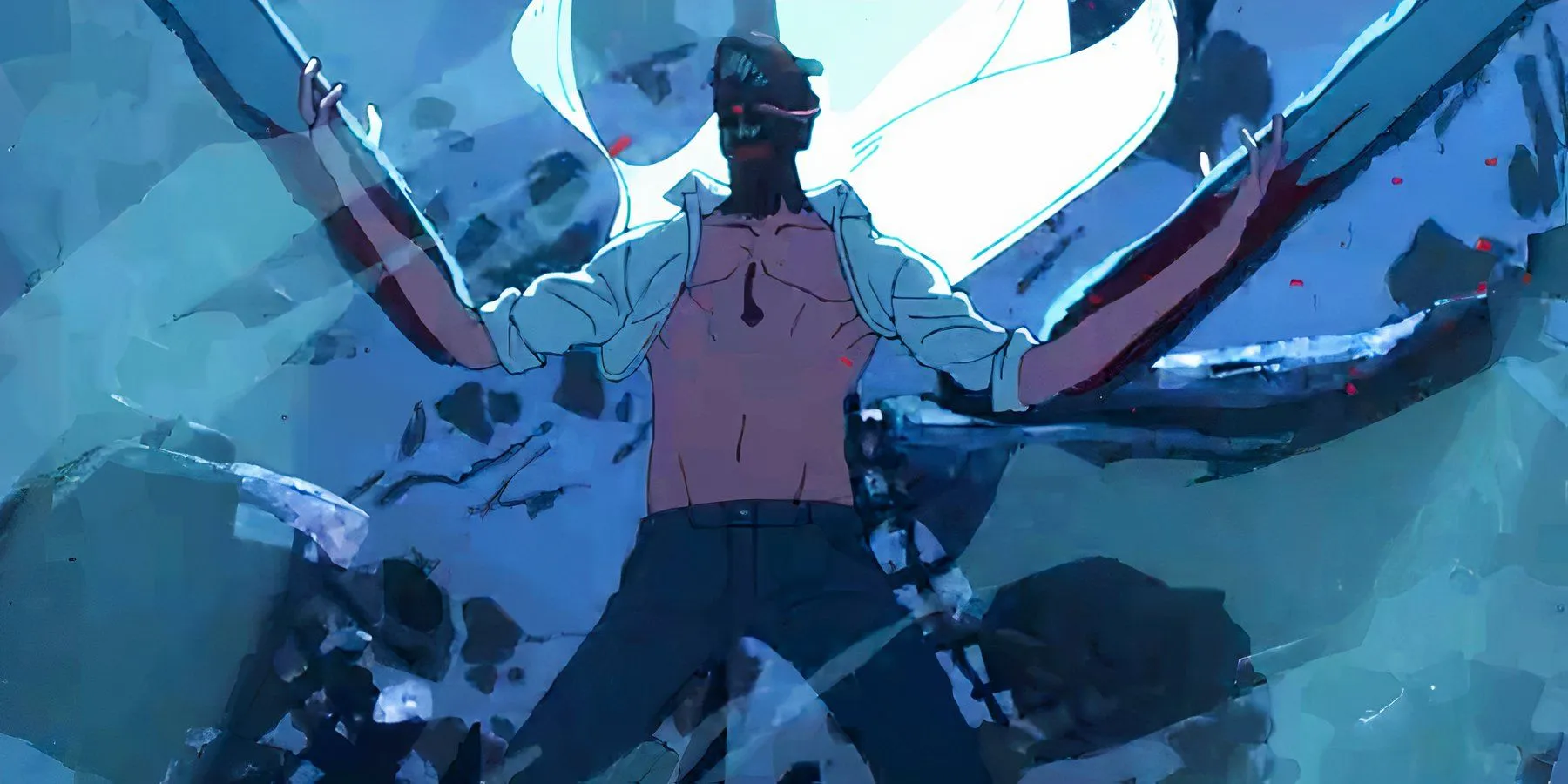
While One Piece has produced a number of films in the past, many have not adhered to the canonical storyline; they often explore non-essential narratives. However, Demon Slayer initiated a significant shift with its film, Mugen Train, which adapted crucial arcs from the manga, making it an integral part of the viewing experience. This film achieved remarkable success and became the highest-grossing anime movie to date, engaging both longtime fans and newcomers alike.
As a natural progression, several anime series have followed suit, inspired by the success of Demon Slayer. With Chainsaw Man‘s inaugural film set to adapt the “Reze”arc from Tatsuki Fujimoto’s acclaimed manga, the excitement among fans is palpable. This specific arc is brief and contained, making it ideal for film adaptation, allowing it to resonate strongly with both existing fans and potential newcomers. The anticipation for Chainsaw Man: The Movie – Reze Arc, scheduled to hit U.S. theaters on October 29, could pave the way for future adaptations of One Piece in a similar fashion.
Transforming Arcs into Theatrical Releases with Netflix’s The One Piece
Exploring One Piece’s Cinematic History
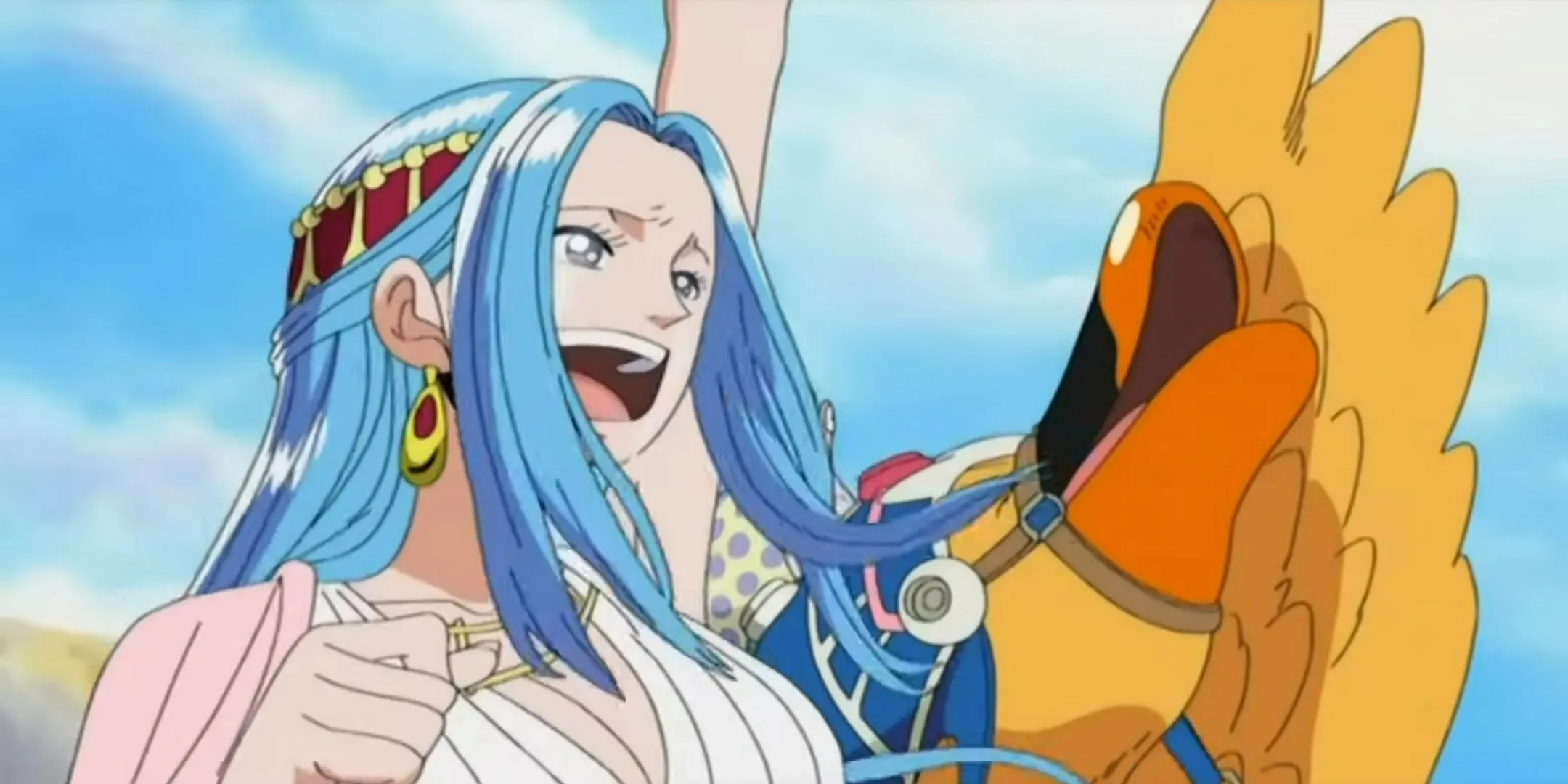
One Piece is well-acquainted with the movie format, having released several films, including the recent One Piece Film: Red. In addition to films that don’t directly follow the manga, there have been adaptations that condense existing arcs. For instance, One Piece Movie: The Desert Princess and the Pirates serves as a remastered cinematic rendition of the events occurring in Alabasta. With Netflix’s forthcoming remake, it opens the door for the opportunity to adapt certain arcs—or portions thereof—into theatrical films first.
Similar to how One Piece Movie: The Desert Princess presents a retelling of Princess Vivi’s adventures, Netflix could release climactic sections of arcs in theaters first, akin to Demon Slayer‘s strategy of premiering pivotal plot points in cinemas. Following the theatrical release, segments could then be transformed into individual episodic chunks for audiences who missed the movie, as evidenced by the Mugen Train adaptation. This methodology could also extend to larger narratives, such as the lengthy “Wano”arc, which has been segmented into three acts within the manga.
The “Wano”arc, with its complex storyline and dynamic characters, is already structured into three acts, allowing for potential separation where the first two acts become part of the series while reserving the finale for a theatrical film. This climactic act is rich in action and drama, showcasing epic battles that would undoubtedly benefit from big-screen treatment. Should Netflix choose not to produce a film for the finale, the second act—which focuses on Oden’s poignant backstory—could stand alone as a compelling film given its emotional depth and lack of dependency on the Straw Hat Pirates’ present timeline.
Flashbacks within One Piece provide additional opportunities for storytelling. Many of these backstories, like Oden’s, could be crafted into standalone films, attracting new viewers as they require minimal prior knowledge of the main storyline. The emotional journey of Noland and Calgara from the “Skypiea”arc would lend itself beautifully to a cinematic adventure that resonates with fans of epic narratives, similar to classic films like those featuring Indiana Jones. Meanwhile, the heart-wrenching tale surrounding Kuma could serve as a poignant movie exploring themes of sacrifice and love.
The Iconic “Marineford”Arc: A Cinematic Gem
Why “Marineford”Deserves the Big Screen
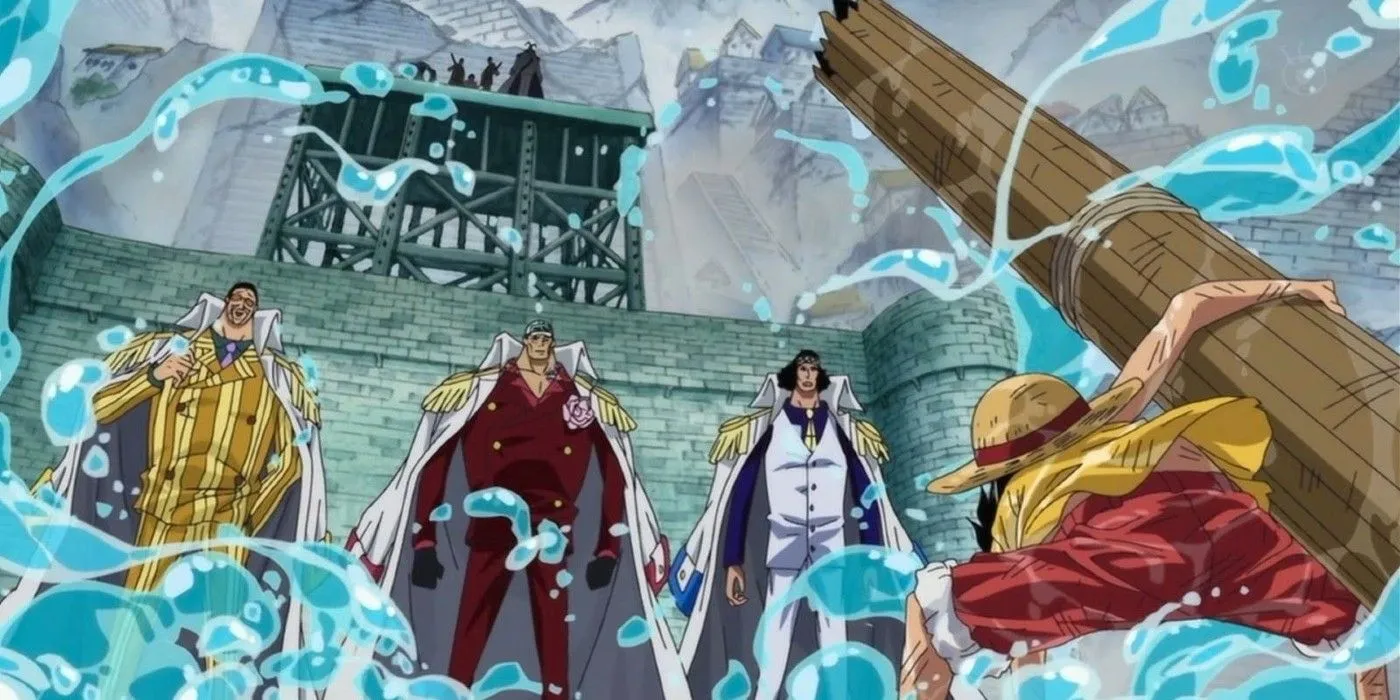
Among the most celebrated arcs within One Piece, “Marineford”stands out as a must-see narrative. Spanning only 30 chapters, this arc, though brief, encapsulates some of the most dramatic and intense battles in the series, alongside a heart-wrenching narrative foundation. It features pivotal characters whose backstories, while significant, do not heavily rely on earlier plotlines, allowing for a unique viewing experience.
“Marineford”presents an excellent opportunity for a cinematic adaptation, given its compelling action and tightly-knit story. The contained setting and urgent time constraint enhance its cinematic qualities, making it a prime candidate for a theatrical release. While newer audiences may not have an emotional tie to Luffy, the gripping action and poignant storytelling are engaging enough to appeal to both new spectators and die-hard fans eager to witness this iconic battle on the big screen.
With an expansive narrative landscape, One Piece presents a staggering array of content ripe for adaptation. The daunting challenge of embarking on a project of this magnitude is only compounded by existing pacing issues from the original anime. Hence, it is reasonable for fans to consider innovative ways to present the story anew. Adopting a seasonal approach is one strategy; however, Netflix could further enhance the experience by introducing select arcs as feature films initially. After all, One Piece is a timeless epic, and bringing selected manga arcs to the silver screen would undoubtedly capture the imagination of both longtime followers and a new generation of fans.
